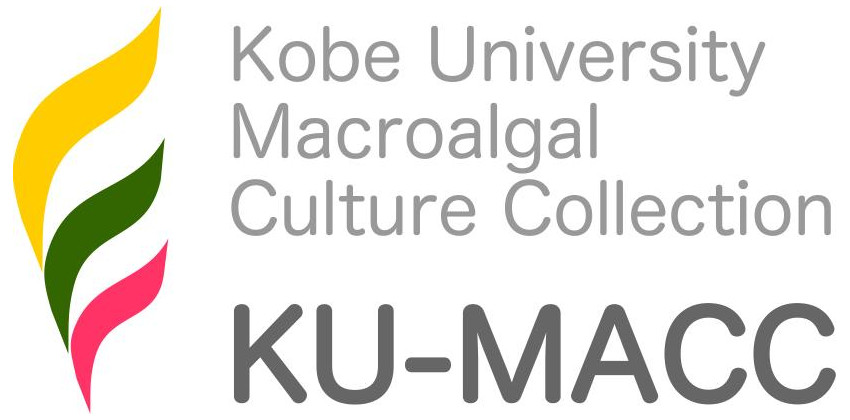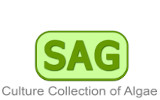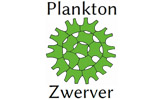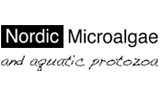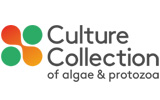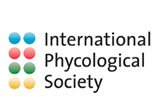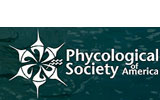Bibliographic Detail
Tillmann, U., Salas, R., Gottschling, M., Krock, B., O'Driscoll, D. & Elbrächter, M., 2012
Reference:
Tillmann, U., Salas, R., Gottschling, M., Krock, B., O'Driscoll, D. & Elbrächter, M. (2012). Amphidoma languida sp. nov. (Dinophyceae) reveals a close relationship between Amphidoma and Azadinium. Protist 163(5): 701-719.
Abstract:
Thallus juvenilis ramosus, filiformis, substrato Leptosirae modo adpressus est; cellulae apicales cylindricae, 15–25 µ longae, 7–9 µ latae; cellulae filamenlorum partitionibus subsequentibus breviores, deinde isodiametricae. Chlorophorus unicus, centralis, stellatus vel lobatus, pyrenoideo centrali, amylo obtecto instructus. Filamentorum adultorum cellulae partitionibus repetitis ramulos parenchymatosos, incrassatos, partim erectos partim in substrato crescentes formant. Deinde unaquaque cellula plantarum veterum in aplanosporangium vel aplanosporam mutantur, plantulae in glomerulos pulverulentos dissolvuntur. Plantulae adultae 1—2 mm latae et altae. Cfr. picturas: R. Chodat, 1909, tab. II.Toxic algae such as Alexandrium and Azadinium have an important ecological impact and have originated several times independently within the dinophytes. Their closest relatives, however, are mostly unknown at present. A new dinophyte species, Amphidoma languida sp. nov., was isolated from Bantry Bay (Ireland) during a period of elevated azaspiracid toxicity inmussels. The newspecies was described in detail, and its phylogenetic position was analysed, by using a combination of light and electron microscopy, chemical detection methods, and sequence comparison of concatenated ribosomal RNA sequence data. Morphological similarities, such as cingular and hypothecal plates, the number and arrangement of sulcal plates, and the characteristic apical pore complex with a small X-plate centrally invading the first apical plate, indicated a close relationship between Amphidoma and Azadinium. However, no known azaspiracid analogues were detected in A. languida by liquid chromatography coupled with tandem mass-spectrometry. In a molecular phylogeny, the Amphidomataceae including Amphidoma and Azadinium were an independent lineage among other monophyletic major groups of the dinophytes such as the Suessiales, Prorocentrales, Gonyaulacales, and Peridiniales. Thus, the taxonomic affiliation of Azadinium is clarified, and our data may prove helpful in the development of specific and reliable molecular detection methods of toxic Azadinium.
DOI:
https://doi.org/10.1016/j.protis.2011.10.005

